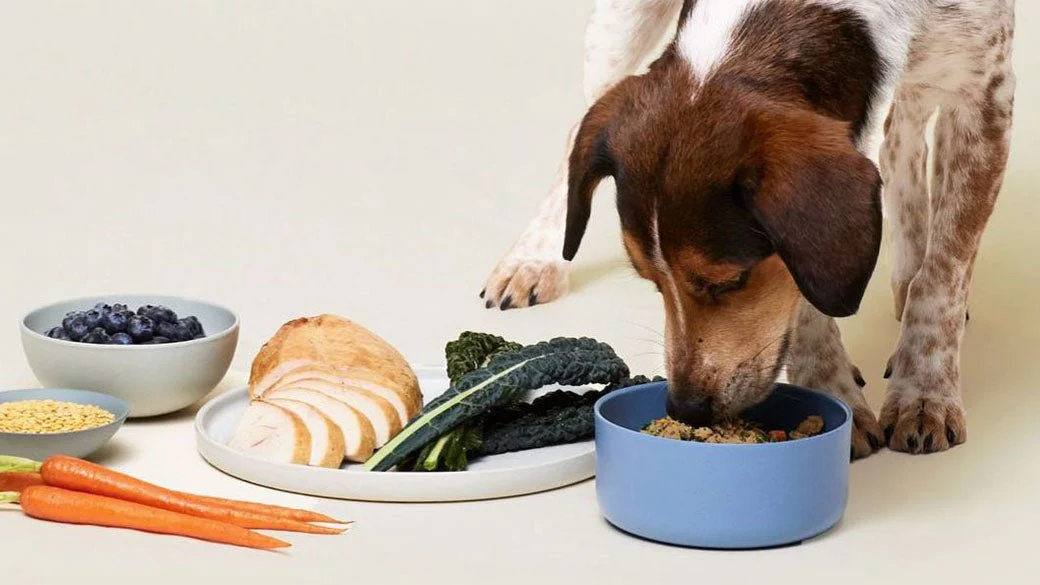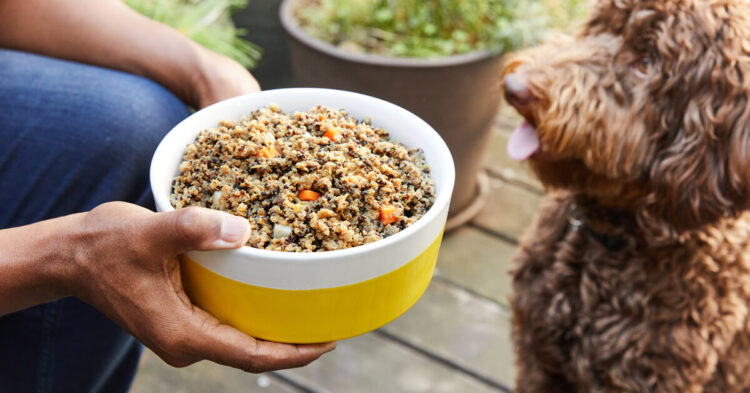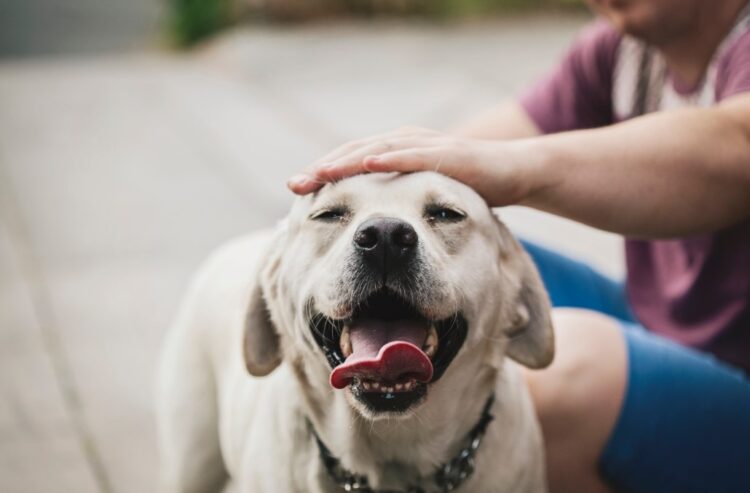Seeing your dog experience bowel issues can be distressing, especially because your furry friend can’t tell you what’s wrong. You’re left to figure out what’s wrong on your own. And, if you don’t, they’ll continue to suffer from their sensitive stomach.
Discovering the cause of your dog’s stomach sensitivities can be tricky. To some degree, it’s a matter of trial and error. That said, there are a few common causes to look out for. Likewise, there are also a few simple adjustments you can make to help relieve them of their distress. Read on to learn about four tricks for caring for a dog with a sensitive stomach.
1. Get the Right Food for the Job

All dog foods are not created equal. There can be big differences between similar foods from different brands. Imagine you’re considering different brands of dry kibble dog food for your furry friend. You’ve narrowed down your choices to two popular brands, Brand A and Brand B. At first glance, both brands seem to offer similar nutritional content and ingredients, but upon closer inspection, you notice some subtle yet significant differences.
Brand A’s kibble boasts a higher protein content and lists real meat as the first ingredient. On the other hand, Brand B’s kibble has a lower protein percentage and contains fillers like corn and by-products. While both brands claim to provide balanced nutrition, the disparity in protein quality and fillers can lead to different outcomes for your dog’s overall health and energy levels.
Beyond discrepancies in comparative nutrition, you also have to account for other factors. Freshness, fiber content, material source, and preservatives can all contribute to stomach sensitivities. If kibble isn’t working for your pet, you might want to consider fresh alternatives. To read more about fresh dog food, visit here. Feed your dog the right kind of food to get their stomach back on track.
2. Don’t Feed Table Scraps
Helping your companion’s stomach isn’t just about what you should feed them. It’s also about what you shouldn’t feed them. While it may be true that your chihuahua looks extra Instagrammable eating avocado toast, it won’t be so pretty on the way out.
One of the biggest problems with feeding dogs human food is that it can often be too rich and high in fat. It also usually contains more spices and complex combinations of ingredients. Both contribute to nutrient overload that needs to be expelled somehow. This can lead to accidents on either end and exacerbate existing stomach issues.
As you wean your dog off table scraps, let your family, friends, and others near you know about your goals. People will often give dogs treats to win their affection. And while the thought is sweet, its effects aren’t. It’s your dog, after all. So explain the situation so that others won’t accidentally make it worse.
3. Keep a Food Diary

One of the best ways for people to discover their food sensitivities is by keeping a food diary. As the name suggests, this is a day-by-day, meal-by-meal account of all the food you’re eating. It’s great for providing hard evidence crucial for supporting or denying intuitive hunches. You can use a food diary to discover what might be bothering your dog’s stomach.
To make a basic diary, start with a weekly two-by-seven grid document online or on a piece of paper. The two denote breakfast and dinner; the seven, each day of the week. Most people feed their pet twice a day, but adjust your worksheet as necessary. Then write what your dog ate for each meal, including ingredients, and record how it did or didn’t affect their stomach. Over time you’ll get a clearer picture of what gels with their tummy and what doesn’t.
The trick with using a food diary is consistency and control. Consistency is important because you don’t want any gaps in your data. Track your dog’s meals for at least a few weeks to get enough information. And control the meals by intentionally changing target ingredients one at a time. That way you’ll have precise data to rely on and inform your decisions.
4. Time Your Walks
Finally, make sure your dog is getting out and about enough. Dogs need to move around quite a bit every day, and a sedentary life can disrupt their natural digestion. This is just one more reason why walking your dog is crucial to maintaining their health.
That said, you don’t want to walk your dog right after they’ve eaten. They still need some time to begin the digestion process. Dogs also gulp up air when they drink water, which they usually do around meal time. That air needs time to work its way out of their system. Otherwise, it can cause cramping and agitation if they walk, run, or play right after eating.
Wait for at least an hour to walk your dog after they eat. That will give them enough time to start digesting. This will mitigate the risk of them cramping or experiencing other gastrointestinal issues. It will also make your walk cleanup job much, well, cleaner.

Be Thorough and Intentional
Figuring out what’s causing your dog’s bowel discomfort can be tricky, frustrating, and, sometimes, gross. The good news is that there are concrete steps you can take toward addressing these issues. Keep track of everything you try so you have clear data to draw on. Eventually, you will find something that works for them. Just be patient with yourself and your dog in the meantime.
 Hi Boox Popular Magazine 2024
Hi Boox Popular Magazine 2024



